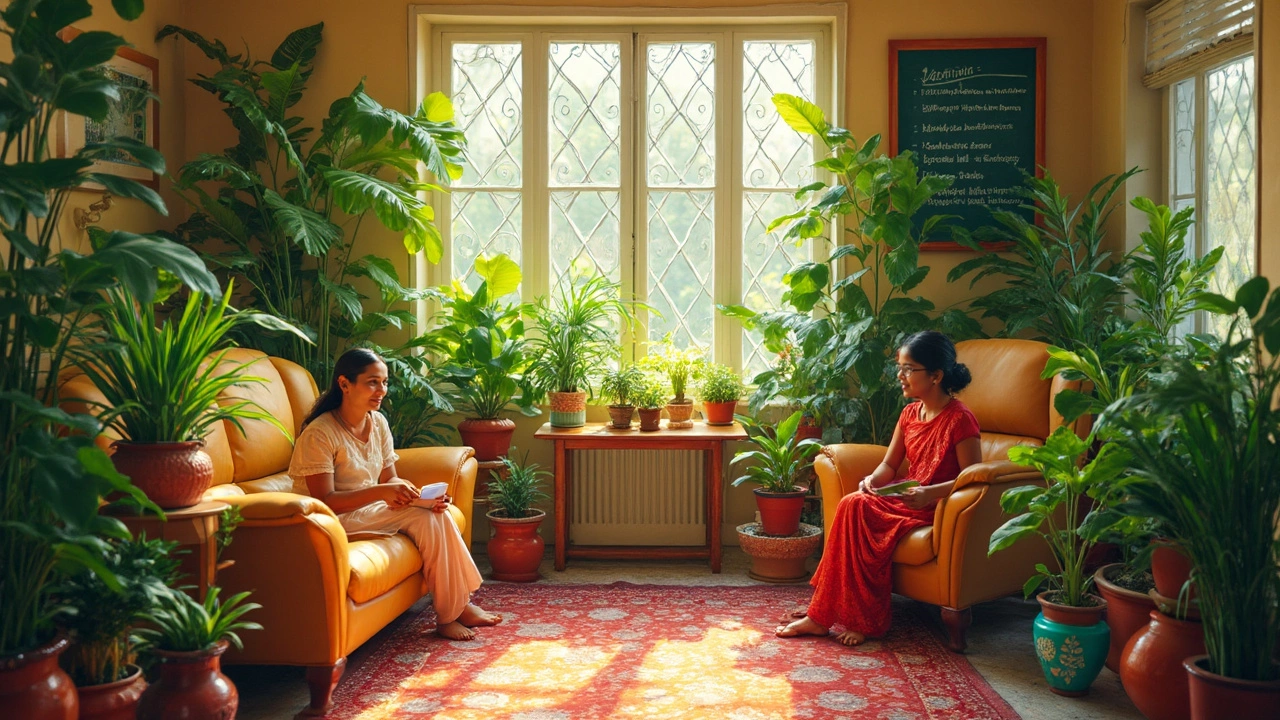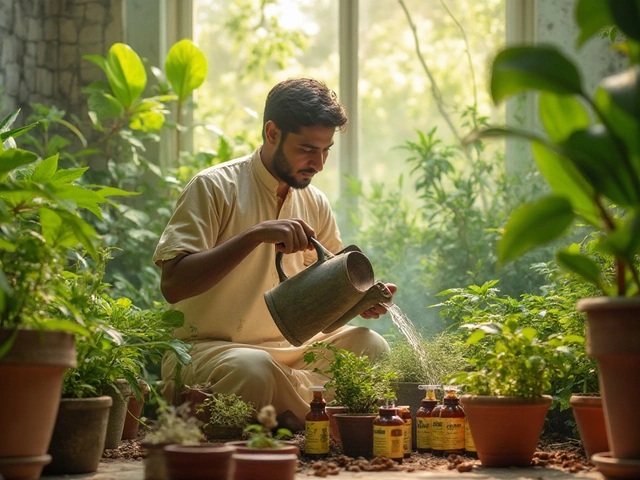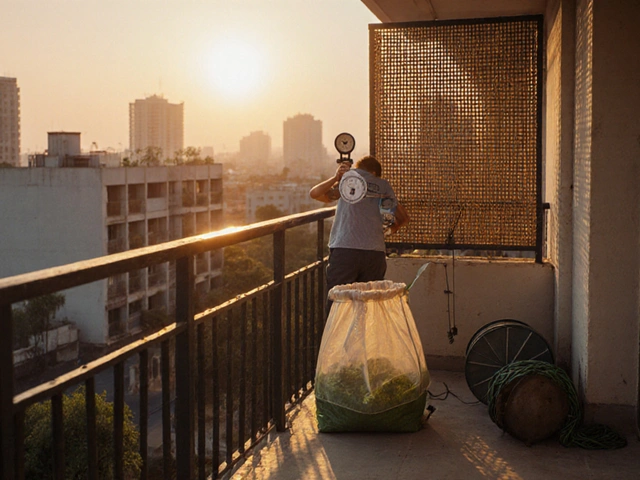Air Purifying Plants: Simple Ways to Freshen Your Home
Ever walked into a room and felt the air was a bit stale? Chances are you can fix that without buying a pricey filter. Certain houseplants naturally pull pollutants from the air, add humidity, and look great on a shelf or window sill. Below we’ll show you which plants are the biggest air helpers and how to keep them healthy, so you get clean air with almost no effort.
Top Picks for Every Space
If you have a bright corner, the Snake Plant (Sansevieria) is a solid choice. It tolerates low light, needs water only when the soil dries, and keeps releasing oxygen at night—perfect for bedrooms. Peace Lily thrives in shade and does a great job removing formaldehyde and benzene. Just watch the water level; too much can cause root rot.
For small apartments, the Spider Plant is a space‑saving star. Its arching leaves spread quickly, and it’s notorious for chopping out volatile organic compounds (VOCs). If you love a touch of green that doubles as a humidifier, consider the Boston Fern. It loves moisture, so mist it often or place it near a bathroom where humidity stays higher.
Got a sunny windowsill? The Areca Palm loves bright indirect light and pumps a lot of moisture into the air, making it a natural humidifier. Lastly, the Rubber Plant (Ficus elastica) handles bright light and can filter out chemicals like formaldehyde. Its glossy leaves look modern and can grow tall enough to become a statement piece.
How to Keep Your Air Cleaners Thriving
Even the best air‑cleaning plant won’t work if you ignore its basic needs. First, check the light: most of these plants prefer indirect bright light, but a few—like the Snake Plant—are okay in low‑light spots. Second, water wisely. Over‑watering is the most common mistake. Stick your finger a couple of centimeters into the soil; if it feels dry, water lightly. Under‑watering is fine for succulents, but ferns need consistently moist soil.
Dust can block a leaf’s ability to absorb pollutants, so give each plant a quick wipe with a damp cloth every few weeks. This also helps you spot pests early. If you see yellowing leaves, it could be a sign of too much sunlight or a nutrient deficiency; a balanced, water‑soluble fertilizer once a month during the growing season usually fixes it.
Rotate your plants every month. Turning them a quarter turn makes sure all sides get equal light, and it prevents the plant from leaning toward a window. Finally, remember that one plant can’t clean an entire house alone. Spread several of these species throughout rooms for the best effect.
In short, adding a few air purifying plants is a low‑cost, low‑maintenance way to boost indoor air quality. Pick the right species for your space, water them correctly, and keep the leaves clean. Before you know it, you’ll breathe easier and enjoy a greener home all year long.

Best Houseplants for Beginners and Enthusiasts: Top Choices for Every Space
Looking for the best houseplant? Explore top picks for every skill level, facts, and tips to help you choose and care for the perfect indoor plant.
About
Home and Garden
Latest Posts


Best Liquids for Boosting Indoor Plant Growth
By Alden Thorne Dec 16, 2024

How to Grow Vegetables on a Balcony: A Practical Guide
By Alden Thorne Oct 18, 2025

Ultimate Guide to Creating a Thriving Kitchen Garden
By Alden Thorne Jan 22, 2025
